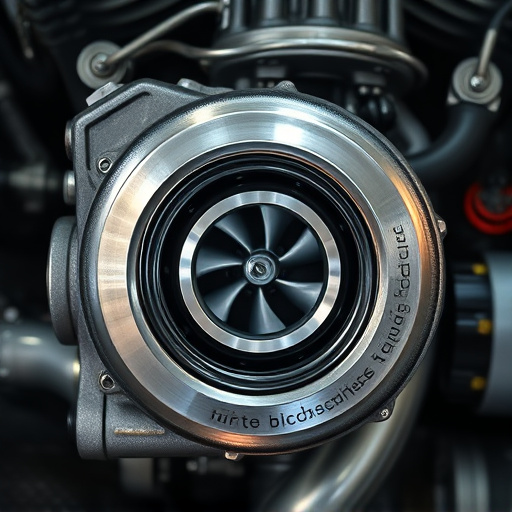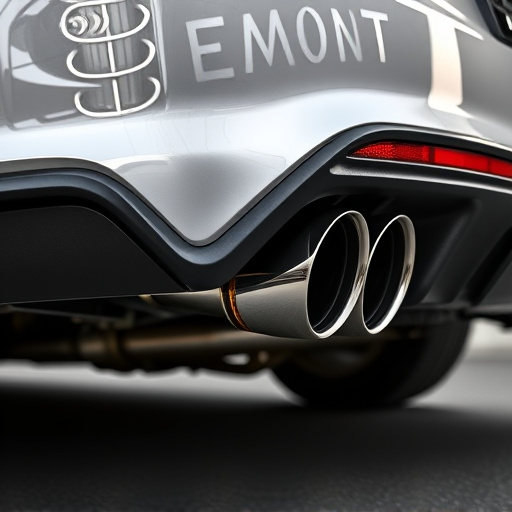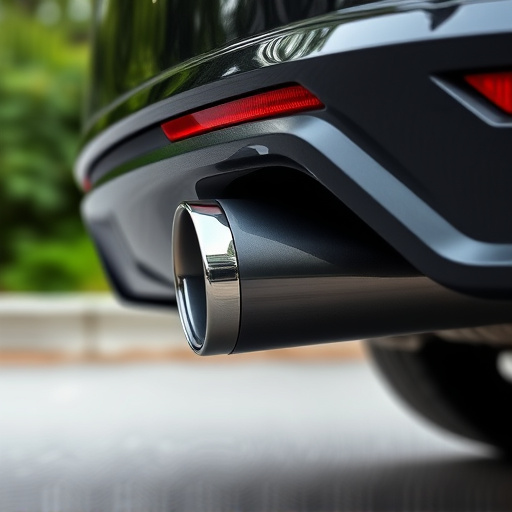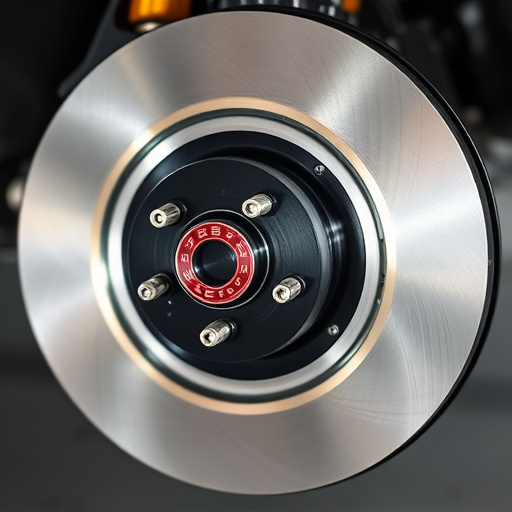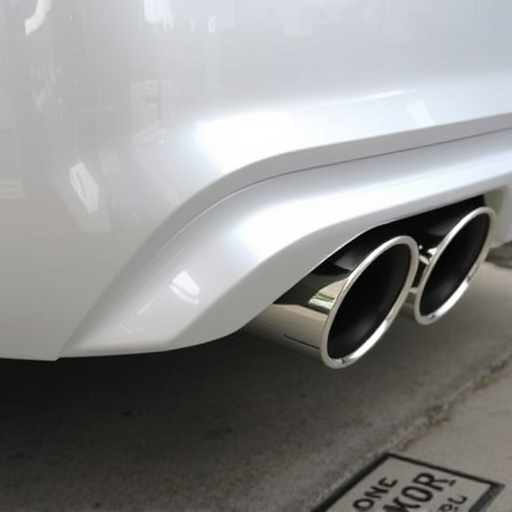Hydraulic suspension, a technology dating back to the early 20th century, has evolved into a sophisticated system enhancing modern cars' ride quality and handling. Today, it offers precise control, adjustable ride heights, and advanced components like nitrogen gas charges and high-performance brakes. This technology combines classic style with performance adjustments, appealing to enthusiasts who seek both aesthetic appeal and dynamic driving experiences. Its versatility allows for customization on vintage and modern vehicles, restoring comfort and adding contemporary upgrades while preserving retro aesthetics.
Hydraulic suspension systems have long been celebrated for their ability to deliver both classic style and modern control. This article delves into the fundamentals of hydraulic suspension, tracing its historical roots back to its early innovations. We explore contemporary applications where this technology enhances vehicle stability and handling, making it a popular choice across both classic and modern automotive landscapes. Understanding the benefits and considerations surrounding hydraulic suspension provides valuable insights for car enthusiasts and industry professionals alike.
- Understanding Hydraulic Suspension: The Basics and Its History
- Modern Applications: How Hydraulic Suspension Enhances Vehicle Control
- Benefits and Considerations: Why It's a Popular Choice for Classic and Modern Vehicles
Understanding Hydraulic Suspension: The Basics and Its History

Hydraulic suspension is a system that utilizes pressurized fluid to control and adjust vehicle height and ride quality. It works by employing hydraulic cylinders connected to springs, allowing for precise control over the vehicle’s up-and-down motion. This technology has been around since the early 20th century, initially developed to address the need for better road stability and passenger comfort. Over time, it evolved from simple mechanical designs to the sophisticated systems we see today, offering both classic style and modern control.
The history of hydraulic suspension is intertwined with the advancements in automotive engineering. Early models focused on basic functionality, primarily for heavy-duty vehicles like trucks and buses. As vehicle design became more refined, so did the suspension systems, incorporating advanced features such as adjustable ride height, nitrogen gas charges, and custom damper setups. Today, these systems are not only common in luxury vehicles but also performance cars, thanks to their ability to enhance handling dynamics while maintaining a comfortable ride.
Modern Applications: How Hydraulic Suspension Enhances Vehicle Control
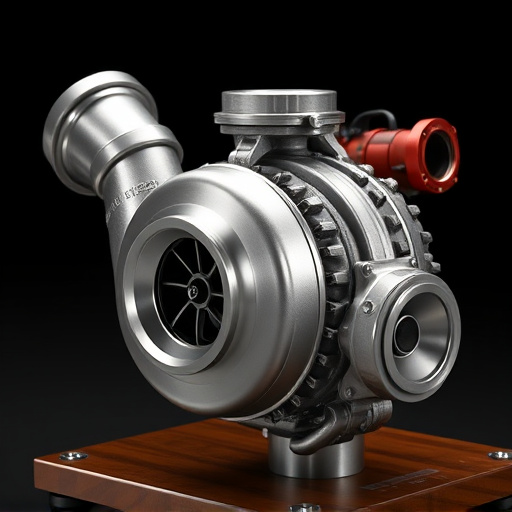
In modern automotive applications, hydraulic suspension systems are making a comeback, offering both classic style and enhanced control. This advanced technology provides precise vehicle handling, allowing drivers to navigate curves with confidence and stability. By controlling the force exerted on each wheel, hydraulic suspensions adapt to various driving conditions, ensuring optimal performance whether on smooth highways or rough off-road trails.
With the integration of high-performance parts like cat back exhaust systems and top-tier brake pads, vehicles equipped with hydraulic suspension deliver improved safety and responsiveness. The fluid dynamics at play in these systems enable better weight distribution, resulting in enhanced traction and control. This is particularly beneficial for drivers seeking both style and substance, as it allows them to enjoy the classic aesthetics of traditional suspension while taking advantage of modern engineering for a more dynamic driving experience.
Benefits and Considerations: Why It's a Popular Choice for Classic and Modern Vehicles
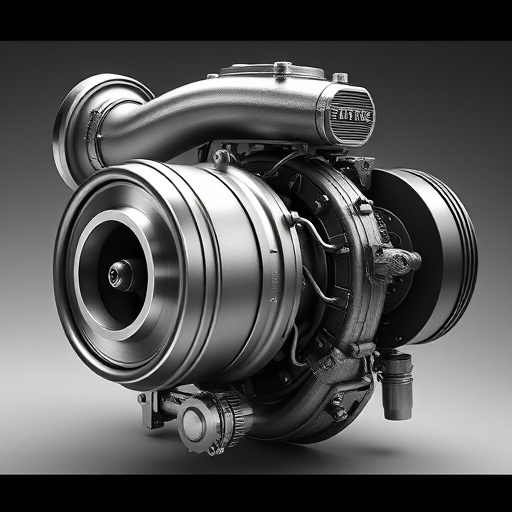
Hydraulic suspension systems have gained immense popularity among automotive enthusiasts for both classic and modern vehicles. This timeless technology offers a seamless fusion of retro aesthetics and contemporary control, making it a sought-after choice for those who appreciate vintage style combined with improved performance. One of its key advantages is the ability to fine-tune ride height and handling characteristics, allowing drivers to customize their vehicle’s behavior according to their preferences.
The versatility of hydraulic suspension is evident in its application across various types of vehicles. For classic cars, it provides a means to restore original riding comfort while adding modern adjustments for enhanced drivability. Moreover, with the advancements in technology, contemporary brake components and cat-back exhaust systems can be seamlessly integrated, ensuring optimal vehicle performance without compromising on the classic look. This blend of traditional charm and modern functionality makes hydraulic suspension an excellent option for car owners who desire a unique and personalized driving experience.
Hydraulic suspension systems, with their blend of classic style and modern control, offer a compelling solution for both classic and contemporary vehicles. By understanding the basics and embracing its historical significance, we can appreciate how this technology enhances vehicle control through precise adjustments. The benefits of hydraulic suspension, including its versatility and reliability, make it a popular choice among car enthusiasts and automotive engineers alike. As we look to the future, these systems continue to revolutionize transportation, ensuring drivers enjoy a smoother, safer, and more enjoyable ride.









